Tech
Sign up for our newsletter
We summarize the week's scientific breakthroughs every Thursday.
-
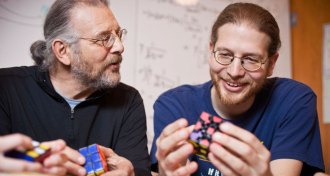 Math
MathFather-son mathematicians fold math into fonts
MIT’s Erik and Martin Demaine create puzzle typefaces to test new ideas.
By Meghan Rosen -
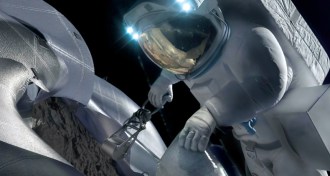 Planetary Science
Planetary ScienceNASA bets on asteroid mission as best path to Mars
NASA wants to bag an asteroid using robotic arms or an enormous sack and place the rock in the moon’s orbit for study. This may keep astronauts working but not, as NASA claims, get them Mars-ready.
By Meghan Rosen -
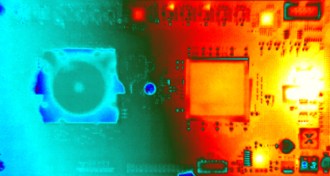 Computing
ComputingBrain-inspired computer chip mimics 1 million neurons
By processing data in parallel, computer chips modeled after the human brain could perform certain tasks, such as pattern recognition, faster and more energy-efficiently than traditional computers.
By Andrew Grant -
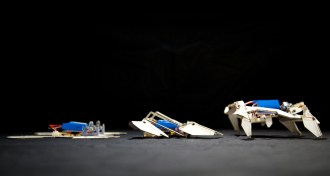 Tech
TechRobots start flat, then pop into shape and crawl
The machines use heated hinges to transform into shape and crawl around.
By Meghan Rosen -
 Computing
ComputingBarrel jellyfish may hunt with new kind of math
Barrel jellyfish use a new type of mathematical movement pattern to forage for food, a new study suggests.
-
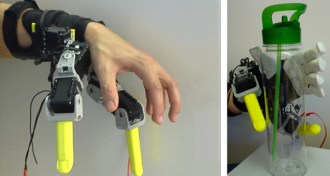 Tech
TechWith two robotic fingers, humans get a helping hand
Mechanical fingers grasp like the real thing.
By Meghan Rosen -
 Tech
TechSmall lies in social networks may keep society running
Lying in social networks could have adverse, as well as beneficial, effects depending on the severity of the deception.
-
 Materials Science
Materials ScienceWeird materials could make faster computers
Topological insulators could speed up how computers switch between 1s and 0s.
By Andrew Grant -
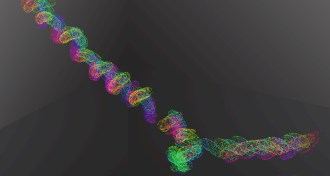 Life
LifeBacteria’s bodies do whirlies to help them swim
Kidney-shaped Caulobacter crescentus bacteria swim with both their corkscrew propellers called flagella and their bodies, scientists say.
-
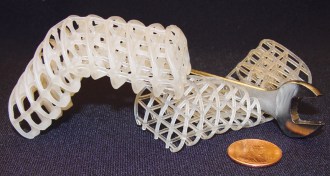 Tech
TechWax-coated plastic morphs between soft and stiff
Heat-controlled materials could serve as skeleton for shape-shifting robots.
By Meghan Rosen -
 Tech
Tech1960s research paid off in automotive safety
Scientists in 1964 were studying shatterproof glass, which was mandated just a couple of years later.
-
 Psychology
PsychologyOnline causes may attract more clicks than commitments
Online awareness campaigns can make people feel they’ve contributed to a good cause, but social scientists say the tangible benefits of such efforts may be small.
By Bruce Bower